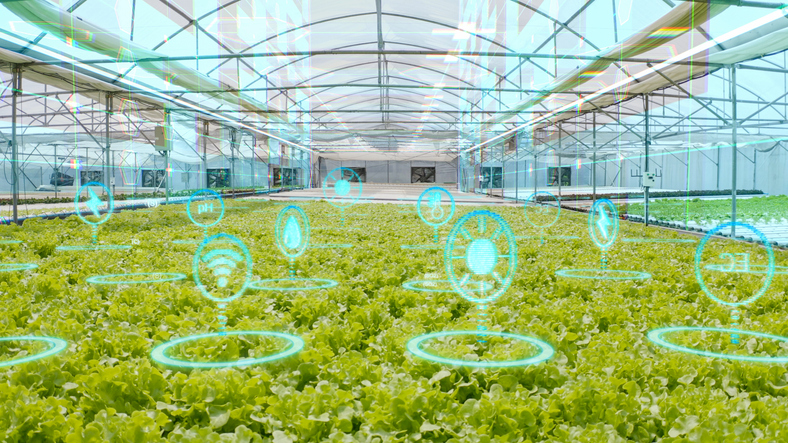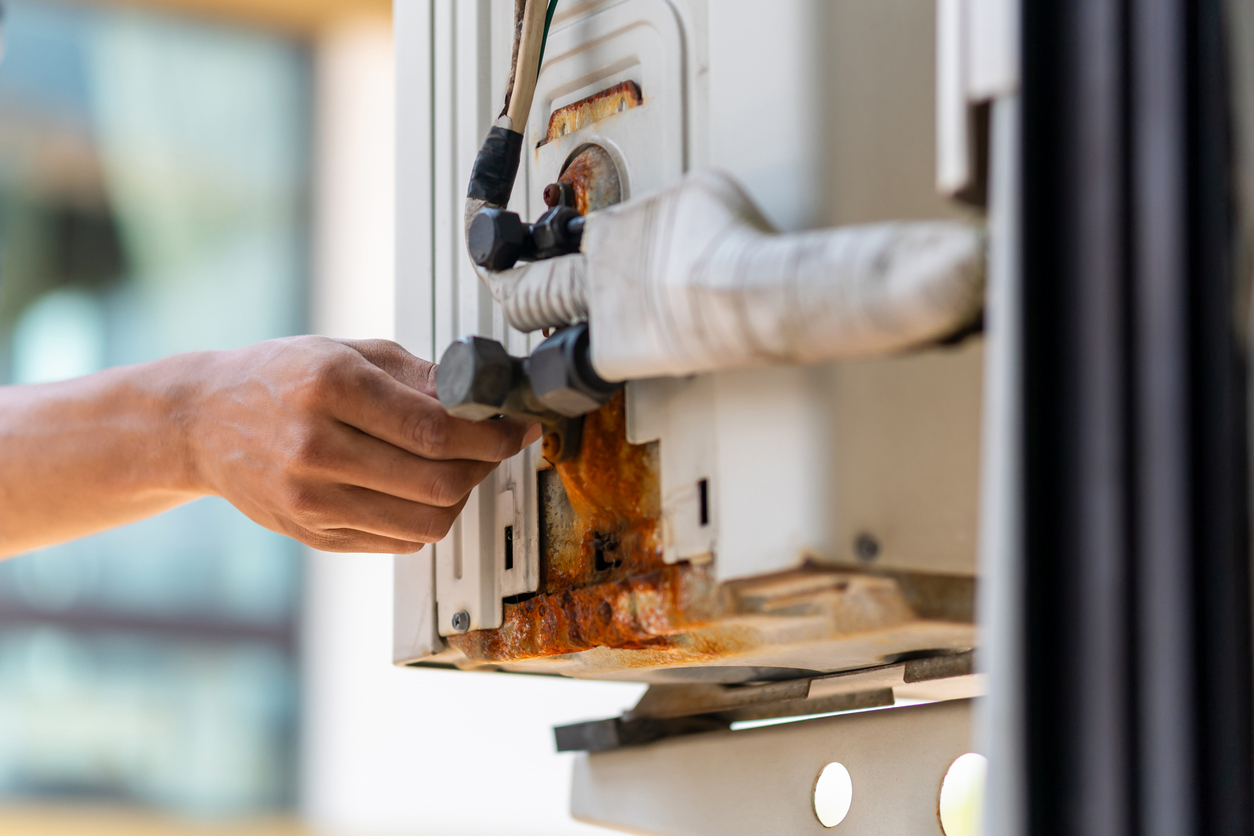Industrial Sensor Calibration: Sensor by Sensor

"How do I calibrate my sensor?"
It's a question we get often enough from potential and existing customers.
And it's a fair question, too. There's nothing wrong with wanting to make sure that the sensor technology you're using works at peak performance for as long as possible.
While there are plenty of sensors out there that can be calibrated, the story is a lot different when it comes to advanced sensor technology and completing what many consider to be routine maintenance.
The answer to our original question is simple, and it's one we're happy to provide insights on.
The Two Major Considerations for Sensor Calibration
Calibrating sensors that are already in use isn’t always a quick and easy process. Further, doing so, as opposed to simply replacing them, is something that deserves plenty of forethought.
Let's look at this through two lenses: logistically and economically.
Sensor Calibration: Logistically Speaking
Consider a commercial HVAC system for a moment – one that cools and heats a 10-story building. The system is not small nor is it simple. Rather, it's big, complex, and full of components that keep it running at peak performance.
Accessing something such as a CO2 sensor or temperature sensor isn't always an easy task – it's almost never a matter of turning the system off, taking the component out, and being on your way. Rather, retrieving any component of an HVAC system often involves some level of planning, disassembly, as well as immediately replacing whatever you're removing to keep the system running and making sure the temporary piece actually works. And then there's putting the sensor back when it's calibrated, which means going through the entire process you did to remove it in the first place.
A much shorter version of the scenario above – it takes a lot of time and effort to get a sensor that you're looking to recalibrate.
Sensor Calibration: The Economics
To our last sentence: the time and effort we mentioned – ultimately, they're the components of that age-old equation that always amounts to spending money somehow.
Not only does it cost money to have someone or a team get the sensor(s) in the first place, but retrieving them may call for stopping a machine, or shutting down some level of production. Regardless of what industry you're working in, downtime is one of those four-letter words you hope to always avoid.
As we'll note in our next section, calibrations with certain sensor types can be tricky and, if done incorrectly, create an expensive issue to fix.
What's more, calibrating sensors that can be isn’t always an easy-on-the-wallet endeavor – it usually requires going to an expert with specialized equipment and paying a premium.
Advanced Sensor By Sensor: When Calibration Shouldn't Enter the Picture
Because advanced sensor technology is ... advanced ... the question of "How do I calibrate my sensor" can be one you shouldn’t be asking.
Why?
Because in some cases, it doesn't need to be.
Advanced sensor technology is designed and built with accuracy in mind, often including features such as self-calibration or continuous monitoring to ensure peak performance without the need for manual recalibration.
-
NDIR CO2 Sensors: Considered by many as the best option for monitoring CO2 because of their functionality, NDIR sensors essentially either have the ability to continuously recalibrate themselves or rely on software for quick and easy recalibration in the rare instances it's needed. (Such is the case with our single-channel NDIR CO2 sensors with ABC Logic technology and our dual-channel CO2 sensors).Dual-channel sensors will require field-recalibration
-
Humidity Sensor Calibration: To calibrate a humidity sensor requires doing so in a tightly controlled environment and managing very challenging factors: temperature and water vapor pressure. In the field, it's extremely difficult to create a suitable microenvironment or manage these controlled conditions. In fact, because of the level of delicacy it requires, it's easy to create a new set of problems to overcome. In most applications, the type of humidity sensor used is easily replaced instead of recalibrated.
-
Temperature Sensor Calibration– When it comes to how to calibrate a temperature sensor, the story is simple: there really isn't a way to calibrate a thermistor. What's more, advanced temperature sensors boast a long life – usually lasting 25-30 years without losing accuracy.
-
Pressure Sensor Calibration: Calibrating pressure sensors offer a mixed bag. On one hand, some pressure sensors can be calibrated, but it involves a very sophisticated process like humidity sensors that's very difficult to do in the field. On the other hand, there are other types of pressure sensors (MEMS-based) that simply can't be calibrated to begin with.
The Alternative to Sensor Calibration
However, if you're using sensor technology, it's still a natural concern to worry about how the device(s) will work and remain accurate over their useful lives. As we said above, there's nothing wrong with that line of thought.
But a sensor is only as good as its calibration out of the box.
So how do you stay ahead of potential performance issues due to age or frequency of use?
The answer is threefold:
1. Invest in Advanced Sensor Technology to Begin With
It's no secret that advanced sensor technology – especially the kind that's customized to a specific application – requires a bigger investment than off-the-shelf products.
It's a simple math equation of sorts – with better functionality, robustness, and accuracy, a sensor that's a cut above costs more. Think of it as a car – there's a gap between the price tags of the base model vs. the luxury edition.
That said, custom advanced sensor technology is designed to meet the demands of application and boast an appropriate useful life. The entire point of the device is for it to function reliably and provide minimal interruption
So yes, while advanced sensors cost more, the ROI is better than generic or off-the-shelf comparables that don't have the same lifespan, accuracy, or reliability.
2. Come Up With a Replacement Schedule (& Stick to it)
Just like the fact that no structure is permanent, no device is made to work forever (try as we might). In other words, everything has a useful life, advanced sensors included.
Recognizing this, it’s wise to preemptively plan for their replacement before performance dips. Begin by identifying the manufacturer's recommended lifespan for each sensor type, then map out a replacement timeline that beats these deadlines, ensuring you're never caught off guard.
Regularly review and adjust this schedule as needed, based on how the sensors actually perform. Improvements in technology might allow for longer lifespans – certainly, your replacement schedule is not set in stone. Also, streamline the replacement process itself by allocating budget and organizing technical support ahead of time, minimizing downtime and maintaining operational efficiency.
By sticking to a proactive replacement schedule, you ensure consistent, reliable data and keep your systems at peak performance without ever having to interrupt your normal workflows.
3. Pay Attention to Warning Signs
To our last point (one we've made several times) – about a useful lifespan.
Unfortunately, there are instances where sensors don't last as long as they're supposed to – this is something that can happen with any device or machine.
Just as you monitor any of your other processes, keep an eye on your sensor(s)' performance and outputs. If you notice an unusual deviation or degradation, it's time to replace them a little sooner than later.
And just like downtime, it can be just as costly and frustrating to correct an issue caused by sensor malfunction.
Calibration: One Less Thing to Worry About
We understand that there's nothing more important to our customers than having the peace of mind that the components used in their products or processes are functioning as they should be.
While calibration is a necessary part of maintaining many types of technology, it's not necessarily something that needs to be on your radar with advanced sensor technology. By investing in advanced sensor technology, you'll have one less headache.




